The VW Beetle isn’t just a car—it’s a memory trigger on wheels. Whether you called it a Bug or shouted “slug bug!” every time one passed by, chances are it left a mark. From its roots as a utilitarian people’s car to its second life as a pop culture icon, the Beetle somehow stayed lovable no matter how the world changed around it.
This article rounds up 10 irresistible slug bugs that kept the charm alive—from early split windows to turbocharged revivals. If you’ve ever smiled at the sound of an air-cooled flat-four, this one’s for you.
1950 Split Window Beetle: Humble Beginnings
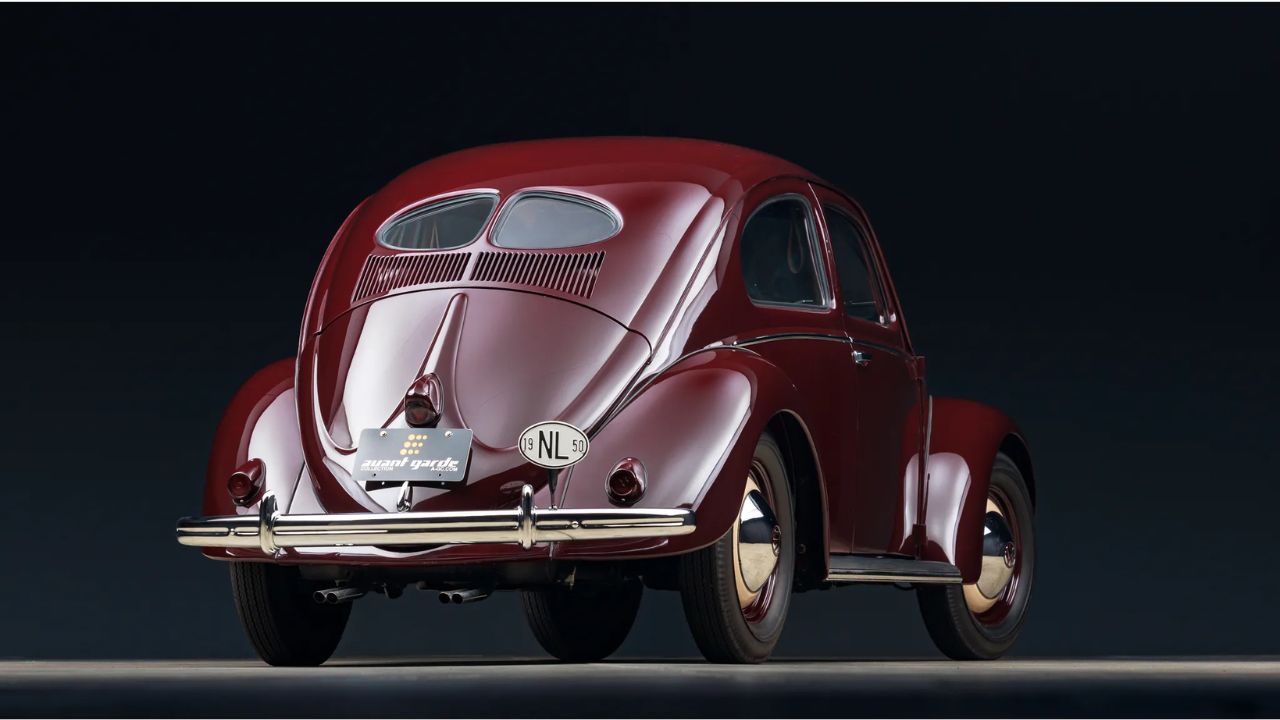
The early Beetles, like the 1950 model, had a tiny 1.1L flat-four engine making around 25 horsepower. It rode on torsion bar suspension with swing axles in the rear and a super basic interior—just enough for a steering wheel, shifter, and a speedometer.
What made it lovable was its simplicity. The split rear window gave it an almost cartoonish charm, and even with minimal horsepower, it was good for daily use. These early cars were hand-built and not exactly quick, but they got people moving when options were limited—and that’s what mattered most.
1955 Oval Window Beetle: More Polish, Same Soul
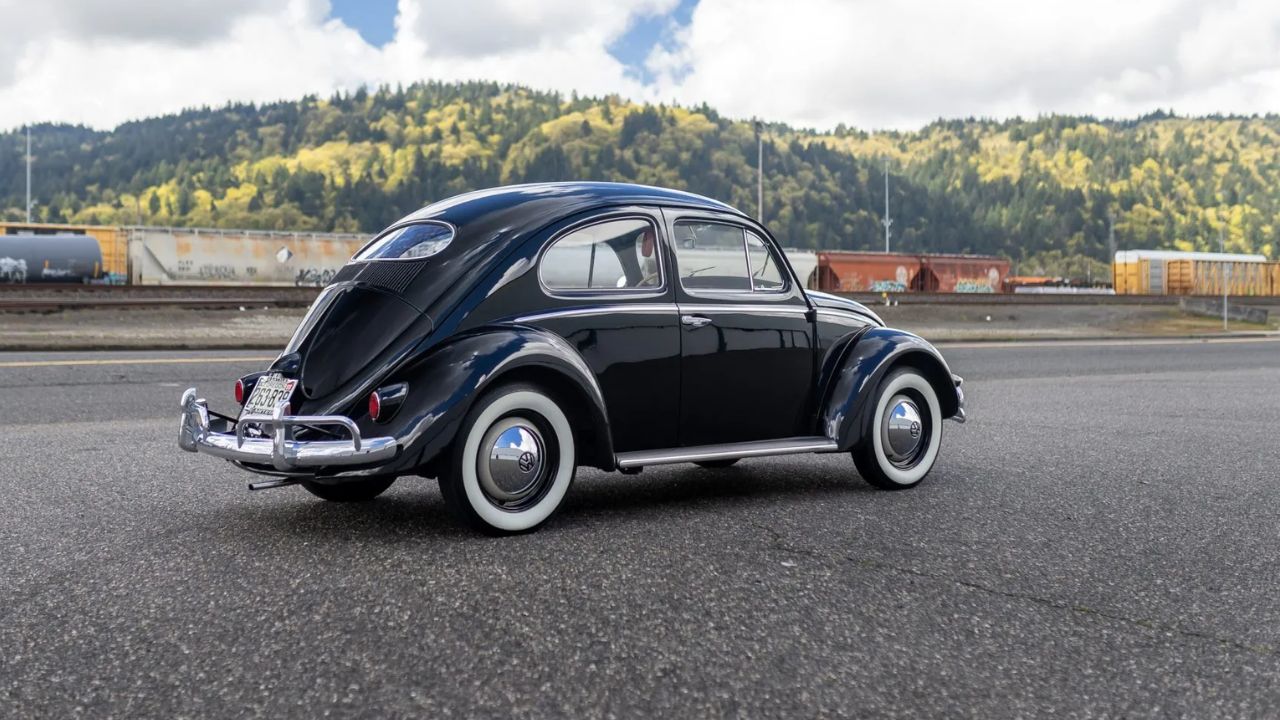
By 1955, VW had smoothed out a few rough edges. The rear window was now one solid oval, improving visibility and giving the car a more modern look. Power ticked up slightly to 30 hp, and interior features like better seats and upgraded dash trim started showing up.
Still, the Beetle stayed true to its roots—no frills, just function. It kept the same rear-engine layout, four-speed manual, and torsion bar suspension. It wasn’t a performance machine, but it would take you across the country if you were patient. These models are now collector favorites for their blend of old-school styling and better drivability.
1963 Ragtop Beetle: Open-Air Simplicity
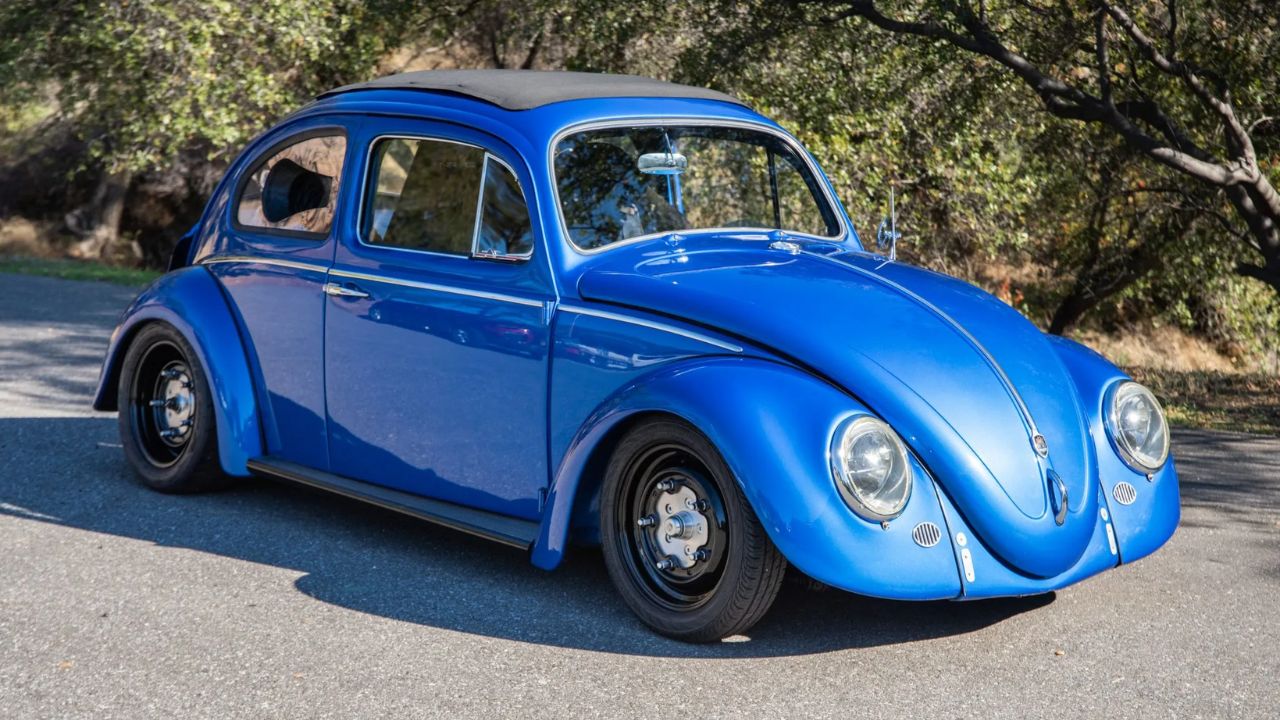
The ragtop Beetle wasn’t a full convertible, but it let you enjoy the breeze without giving up the fixed roof. The cloth sunroof rolled back manually and added just enough fun to make it feel like a different car. Under the hood, the 1.2L engine now made about 40 horsepower.
1963 was also the last year before VW widened the rear window. Inside, the dash remained minimalist, with flat seat cushions and a glove box barely big enough for a map. It wasn’t fast, but it cruised just fine at 60 mph—and looked good doing it.
1967 Beetle: The Best of the Originals
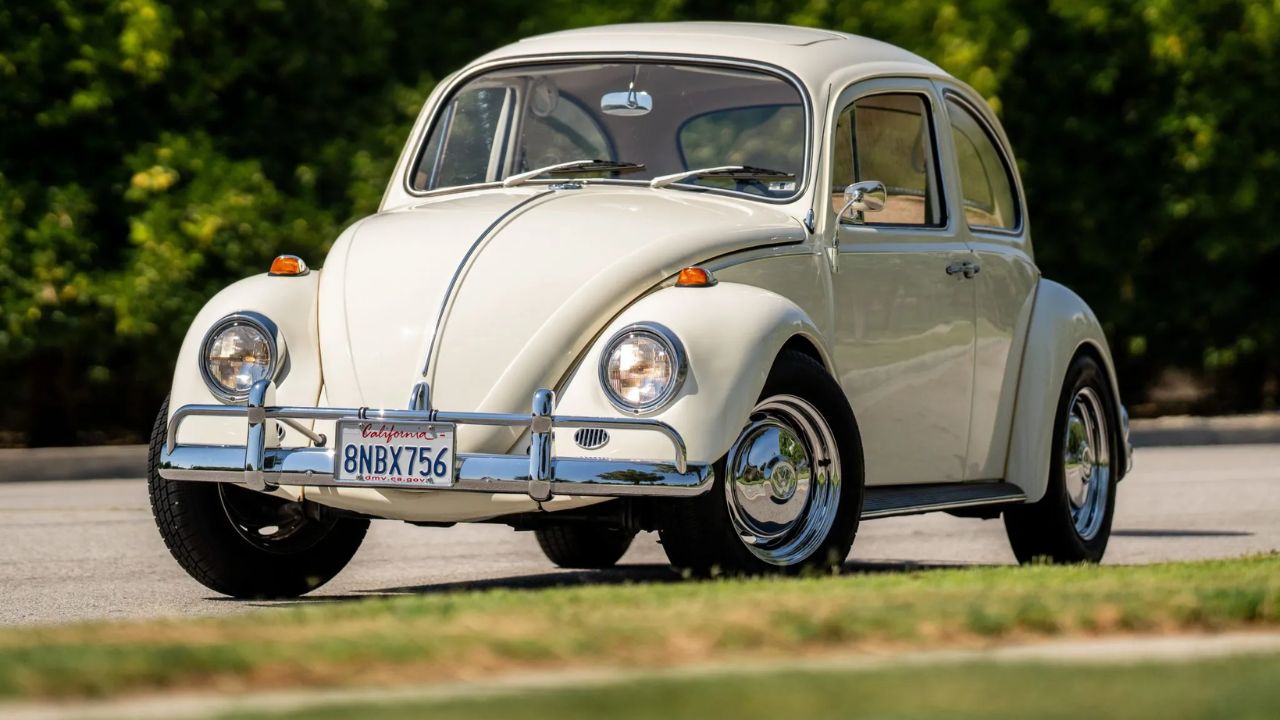
Ask any die-hard VW fan and they’ll probably tell you the 1967 Beetle is the sweet spot. It was the last year with the classic styling, but came with major updates like a 12-volt electrical system, dual-circuit brakes, and the more powerful 1.5L engine making 53 hp.
The bumpers were sturdier, and the backup lights became standard equipment. Inside, the steering wheel got a padded center, and the seats became more supportive. These tweaks made the car feel more modern without losing that old-school vibe. It’s no surprise that ’67 Beetles are still among the most desirable air-cooled models today.
1971 Super Beetle: A Softer Ride
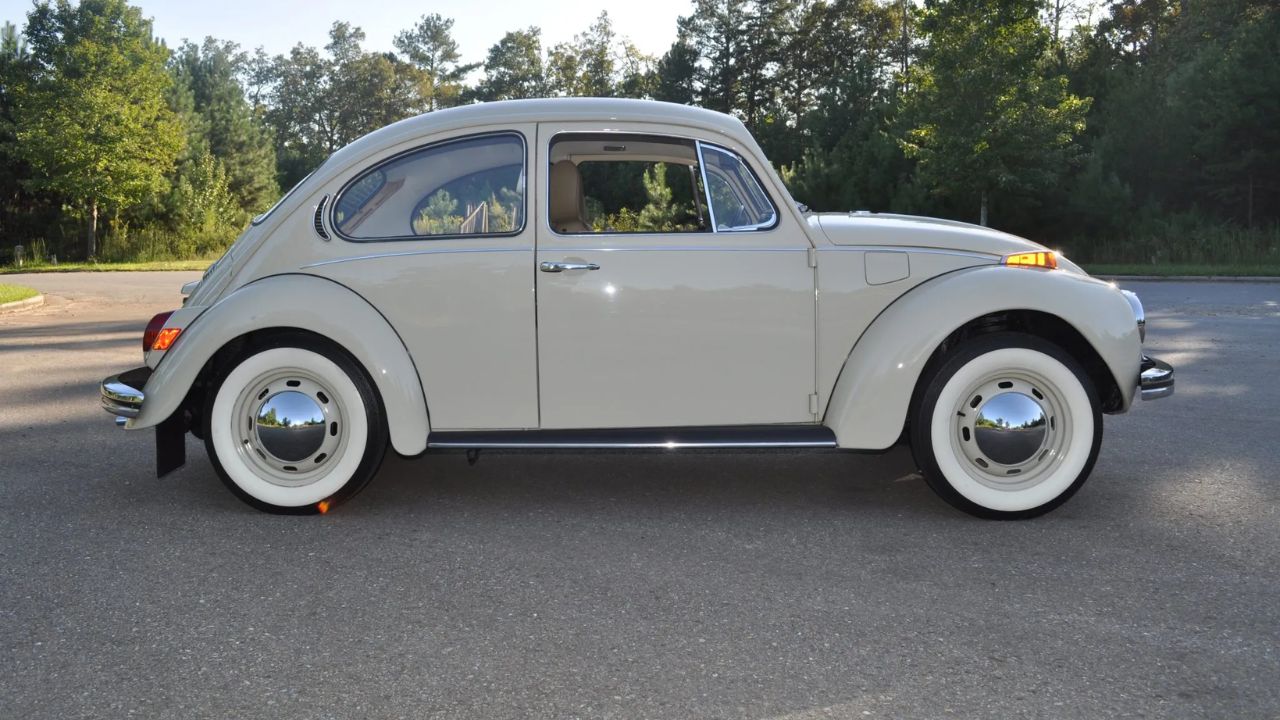
The Super Beetle was VW’s answer to improving ride quality and interior space without completely redesigning the car. It used MacPherson strut front suspension, which made it smoother and gave room for a larger trunk. Under the back, a 1.6L engine delivered a respectable 60 hp.
Inside, the dash was slightly padded, and the car felt less cramped than older models. It still had the same layout, same sound, and same air-cooled simplicity, but it handled better and rode softer. Not everyone loved the curved windshield and longer nose, but it did make the Beetle more livable day to day.
1979 Convertible Beetle: Farewell to the Original
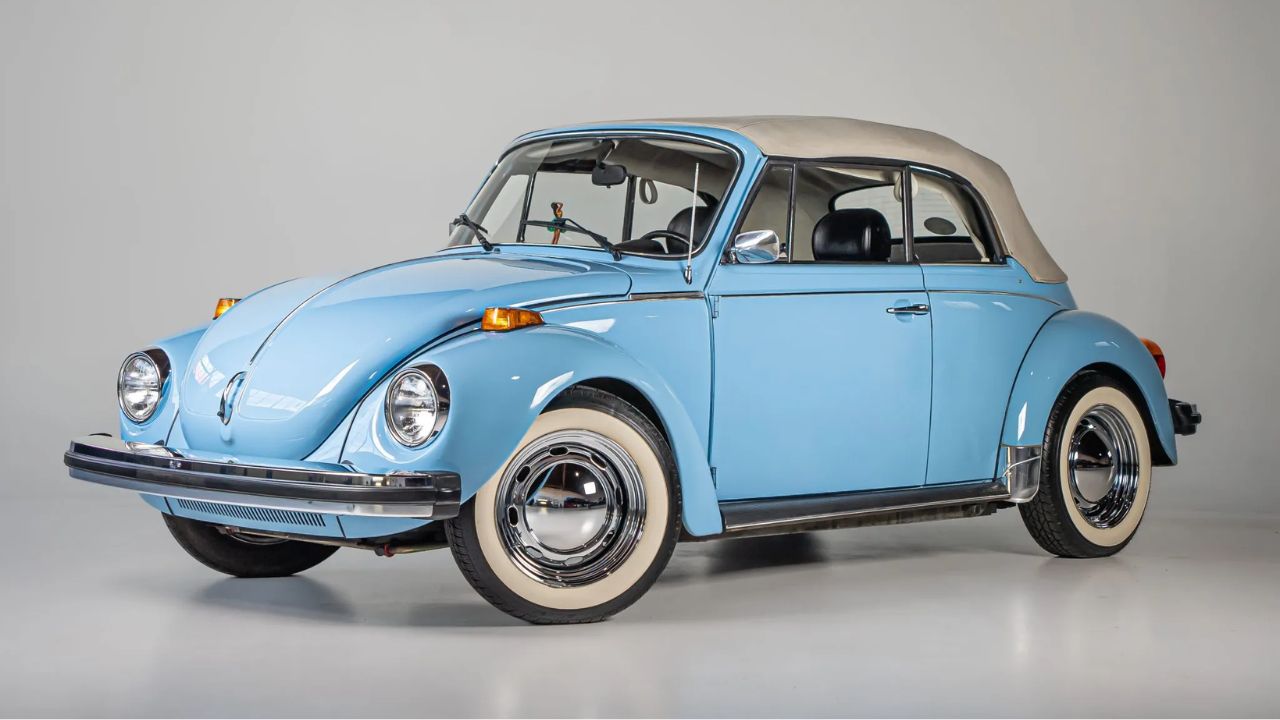
The 1979 Super Beetle Convertible marked the final chapter for the classic Beetle in the U.S. With emissions rules tightening and competition heating up, VW wrapped up American production with this drop-top version. It kept the 1.6L fuel-injected engine and MacPherson front suspension.
It also came with extras like a real headliner, nicer upholstery, and improved safety features. While still slow by modern standards, it was a nostalgic sendoff to a car that had become part of American road trip culture. Volkswagen kept building Beetles elsewhere, but this was the end of the road for U.S. imports—for a while.
2003 Última Edición: The True Last Bug
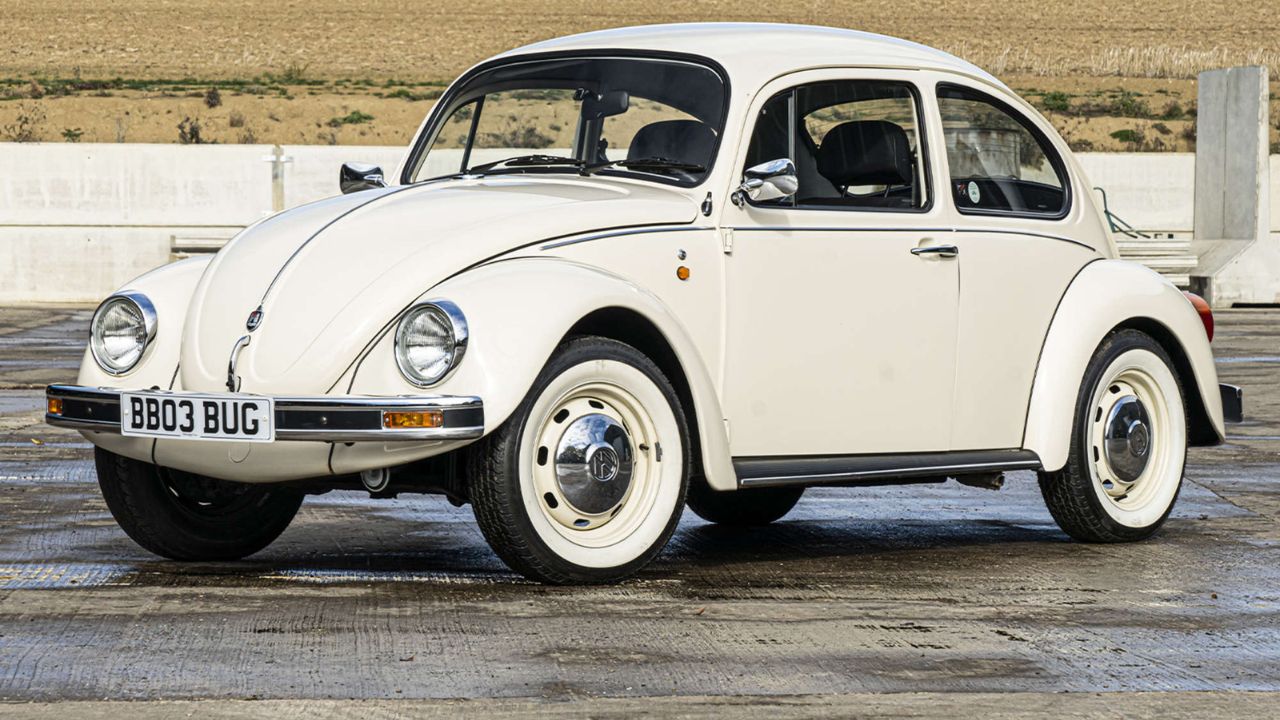
While the U.S. said goodbye in 1979, the original Beetle kept rolling off assembly lines in Mexico until 2003. VW marked the end with the “Última Edición” model—literally the last of the air-cooled Beetles. It came in just two colors: white or baby blue, with color-matched wheels and chrome hubcaps.
Under the rear deck lid was a 1.6L fuel-injected engine making around 50 hp. The interior featured leather seats, a retro-style steering wheel, and modern conveniences like a CD player. Only 3,000 units were built, and just a few were exported—making this one a rare and sentimental farewell.
1998 New Beetle: Retro Goes Modern
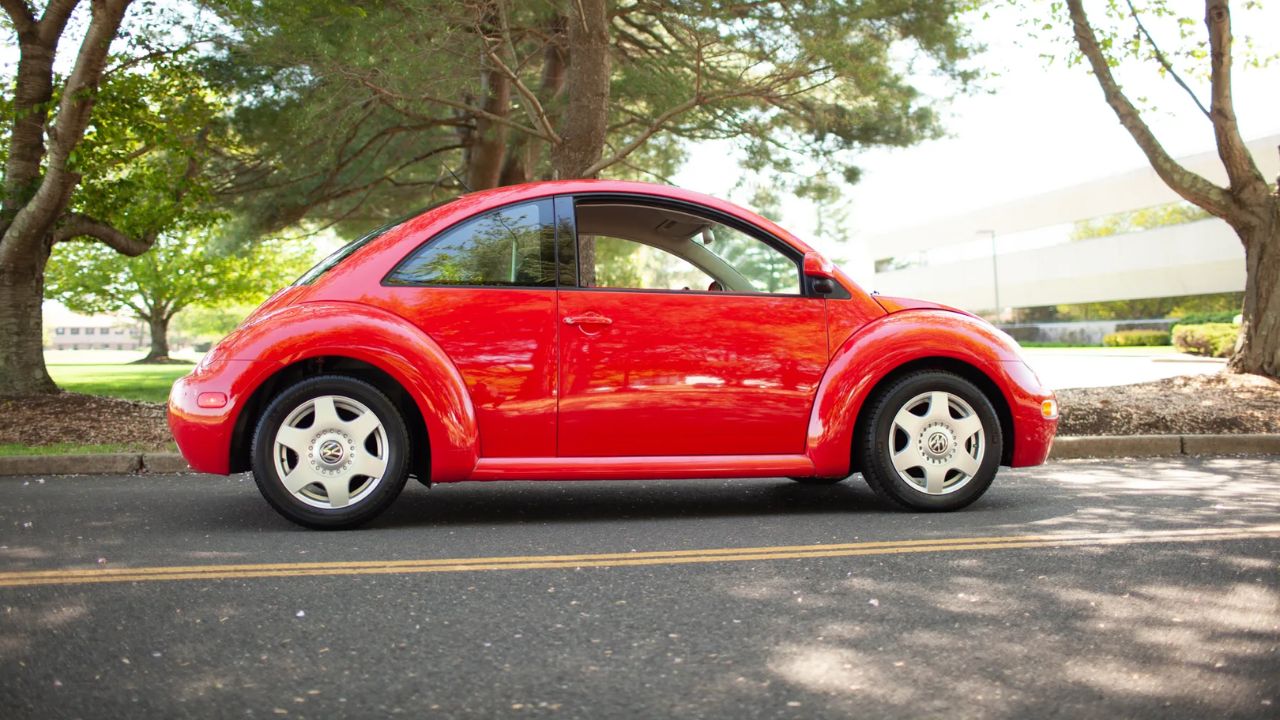
The New Beetle brought back the round shape and playful personality but reimagined it on a modern FWD platform. Underneath, it shared DNA with the VW Golf. It offered a 2.0L inline-four with 115 hp, or the turbocharged 1.8T with 150 hp for those who wanted more punch.
Inside, the dashboard was deep and curved, with a flower vase for extra charm. Safety and comfort were upgraded with airbags, ABS, and power accessories. The New Beetle wasn’t for everyone, but it did revive interest in VW’s heritage and brought the “slug bug” back to a whole new generation.
2012 Beetle: Less Cute, More Grit
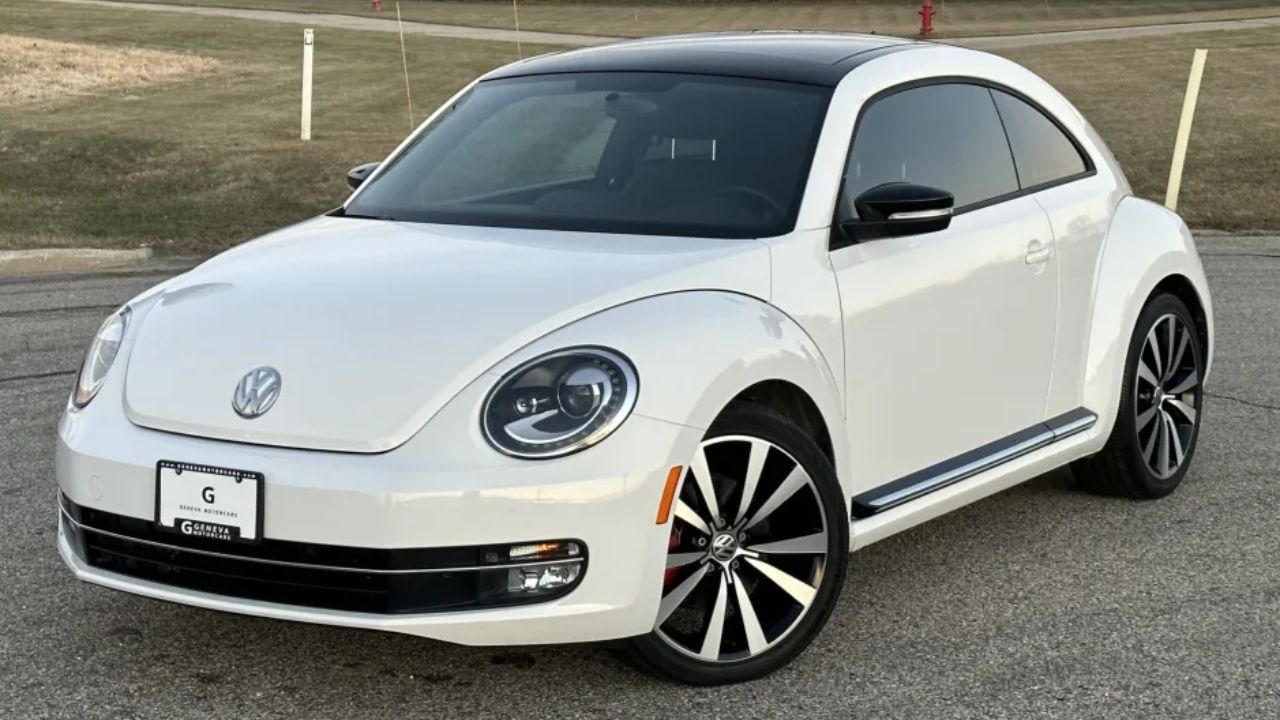
VW gave the Beetle a tougher look in 2012. It sat lower, was wider, and had a more aggressive stance. Gone was the bubbly roofline—it now looked more like a proper hatchback. The turbo models featured the same 2.0T from the GTI, making 200 hp and available with a 6-speed manual.
The ride was sportier, the cabin was better insulated, and the materials felt more upscale. While still front-wheel drive, it didn’t feel like an afterthought anymore. This Beetle had grown up—still familiar, but more refined and ready to compete with modern compacts on its own terms.
2019 Final Edition Beetle: A Quiet Goodbye
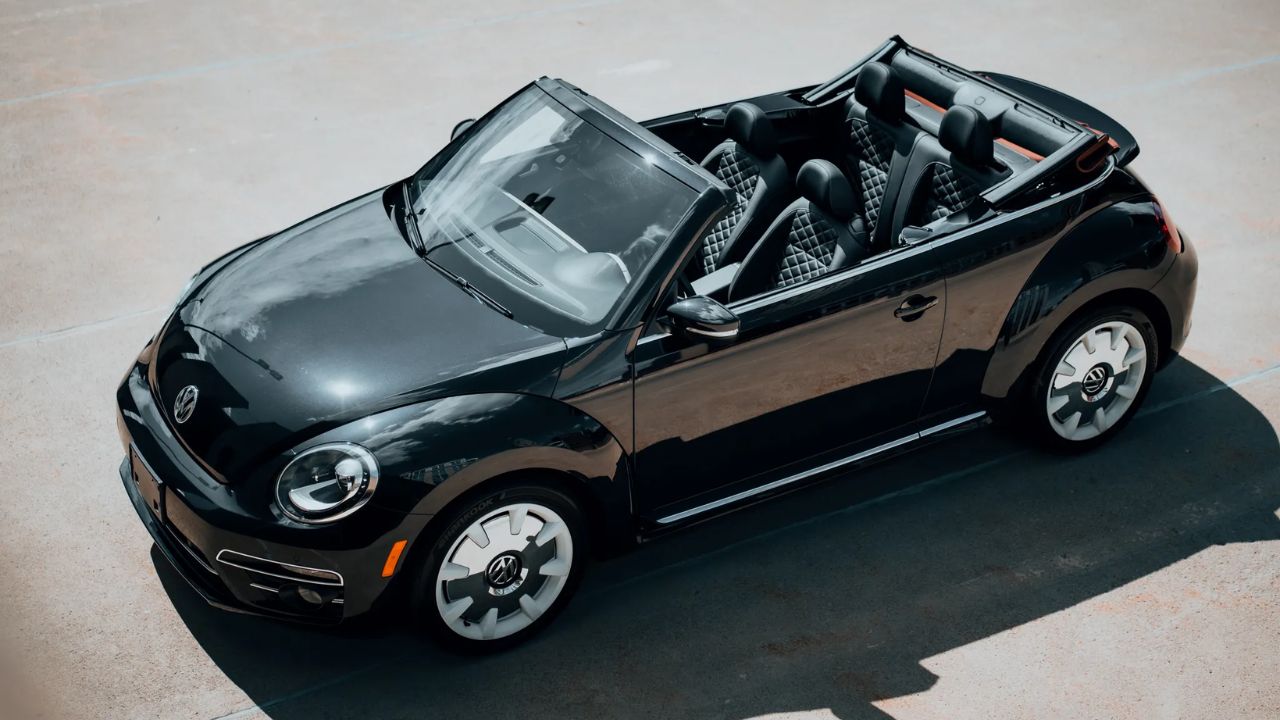
VW ended the Beetle’s run (again) in 2019 with the Final Edition. Available as a coupe or convertible, it featured throwback details like retro-style wheels, unique paint colors, and badging that nodded to its long history. Power came from a 174-hp turbocharged 2.0L engine paired with a six-speed automatic.
Inside, it had quilted leather seats, touchscreen infotainment, and a layout far removed from the stripped-down original. It wasn’t a huge sales success, but it served its purpose—a respectful farewell to one of the world’s most recognizable cars. For a car born from wartime necessity, the Beetle sure stuck around.
*Created with AI assistance and editor review.

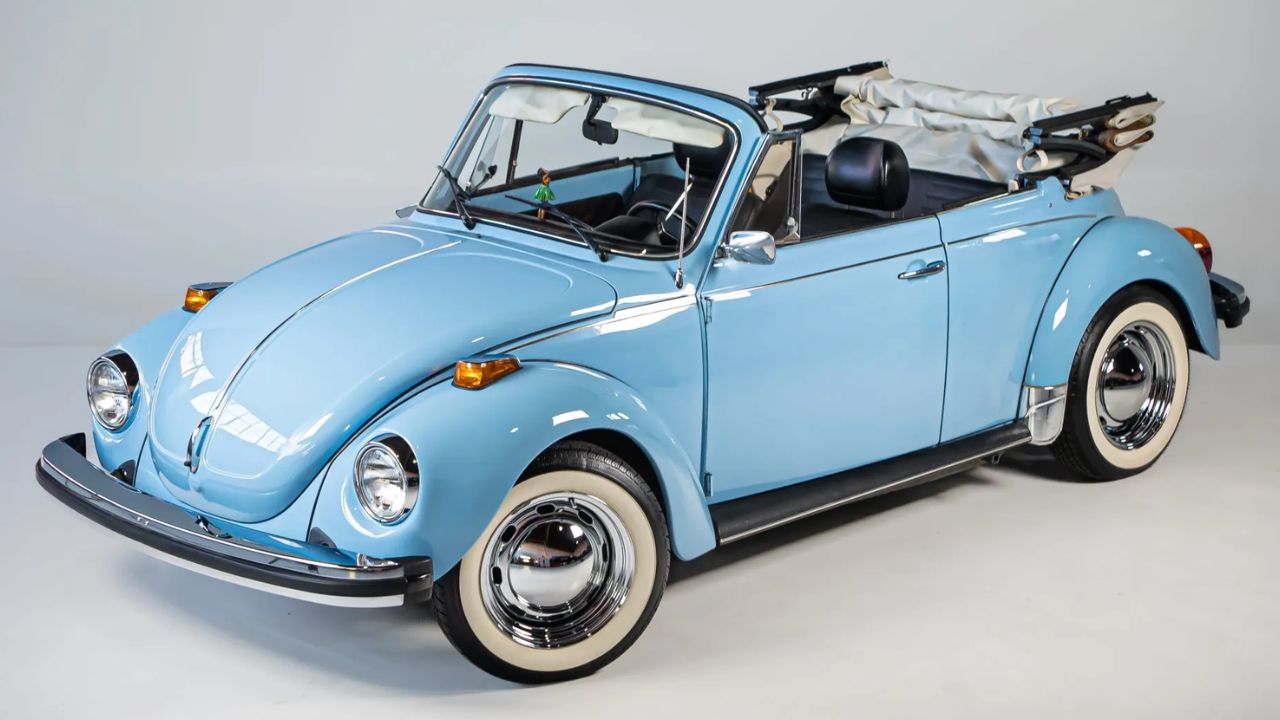
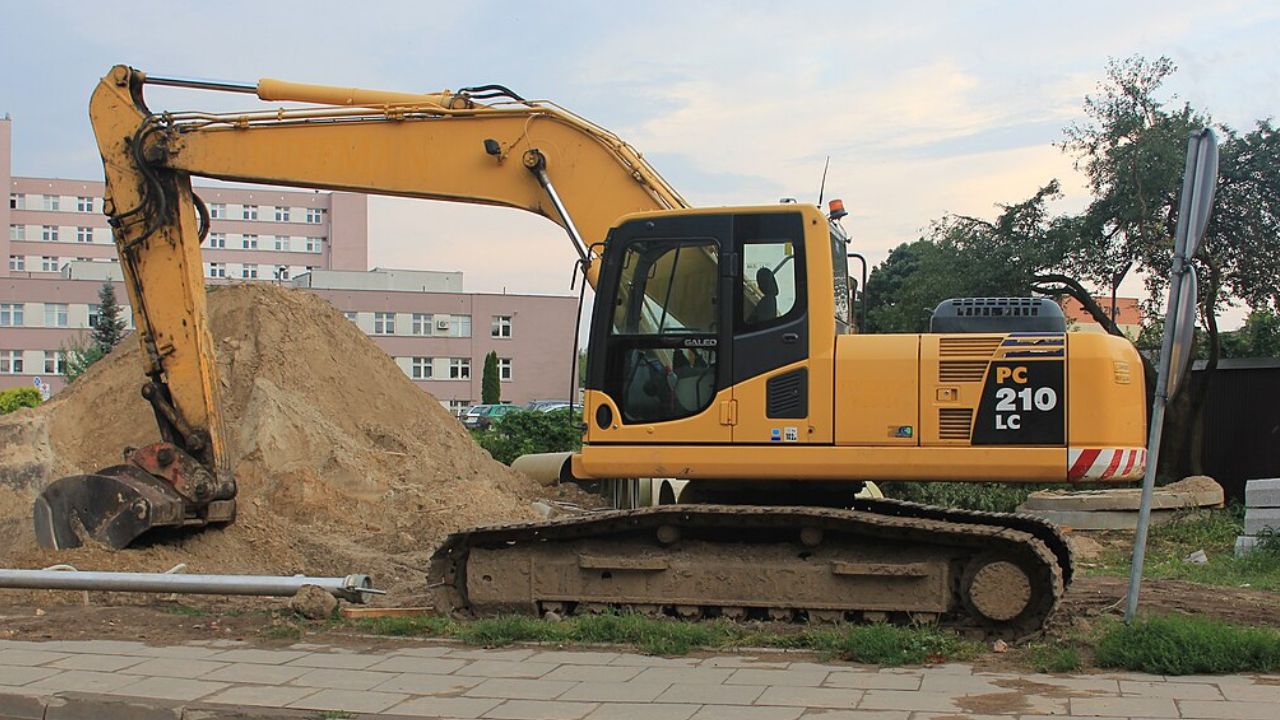
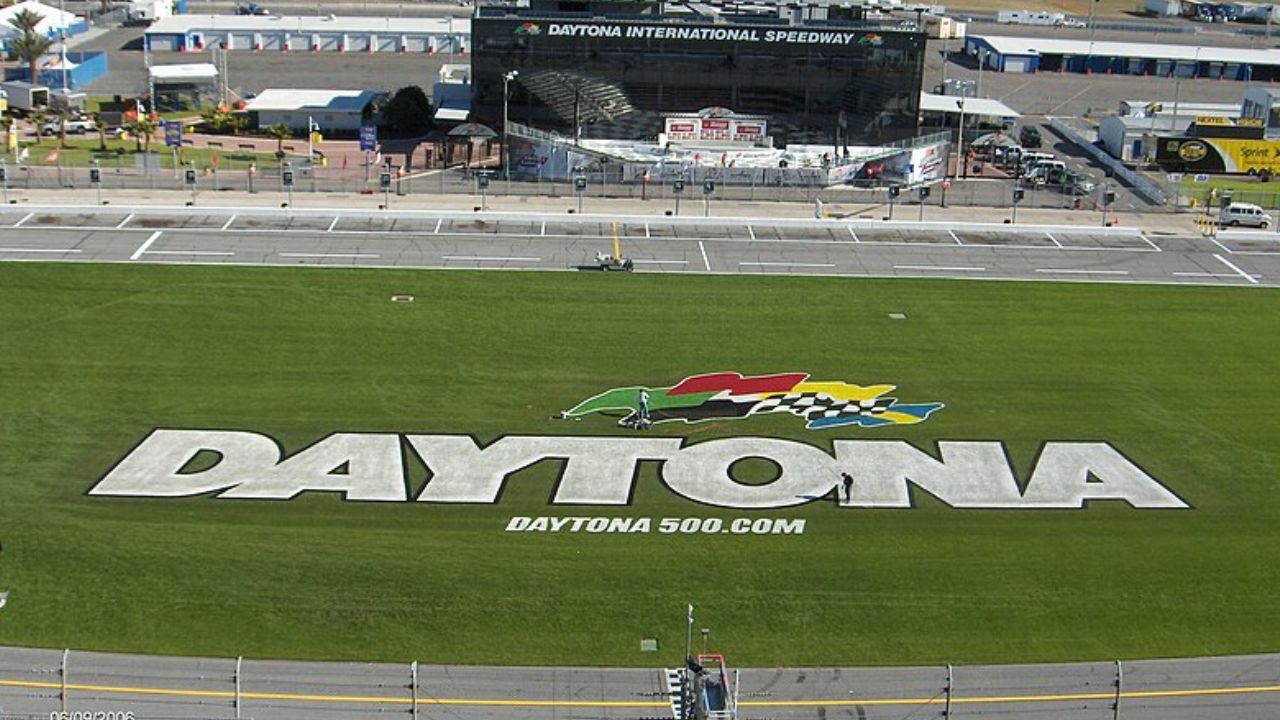
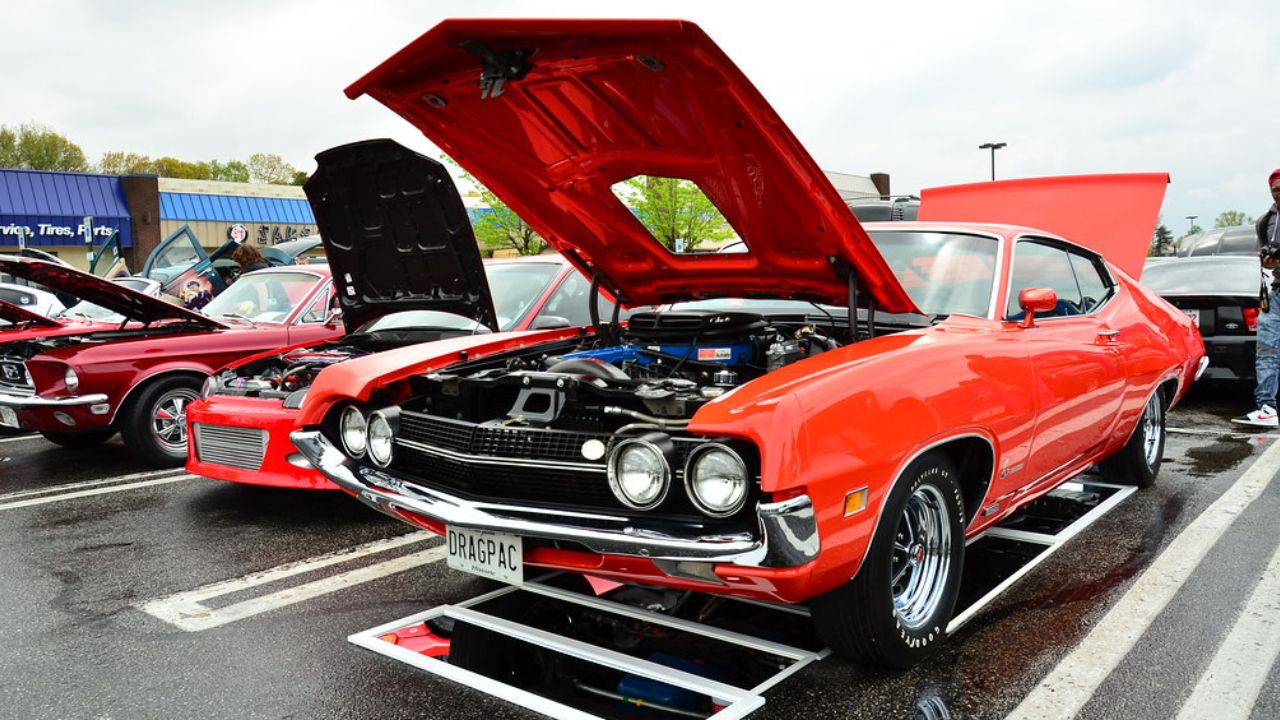

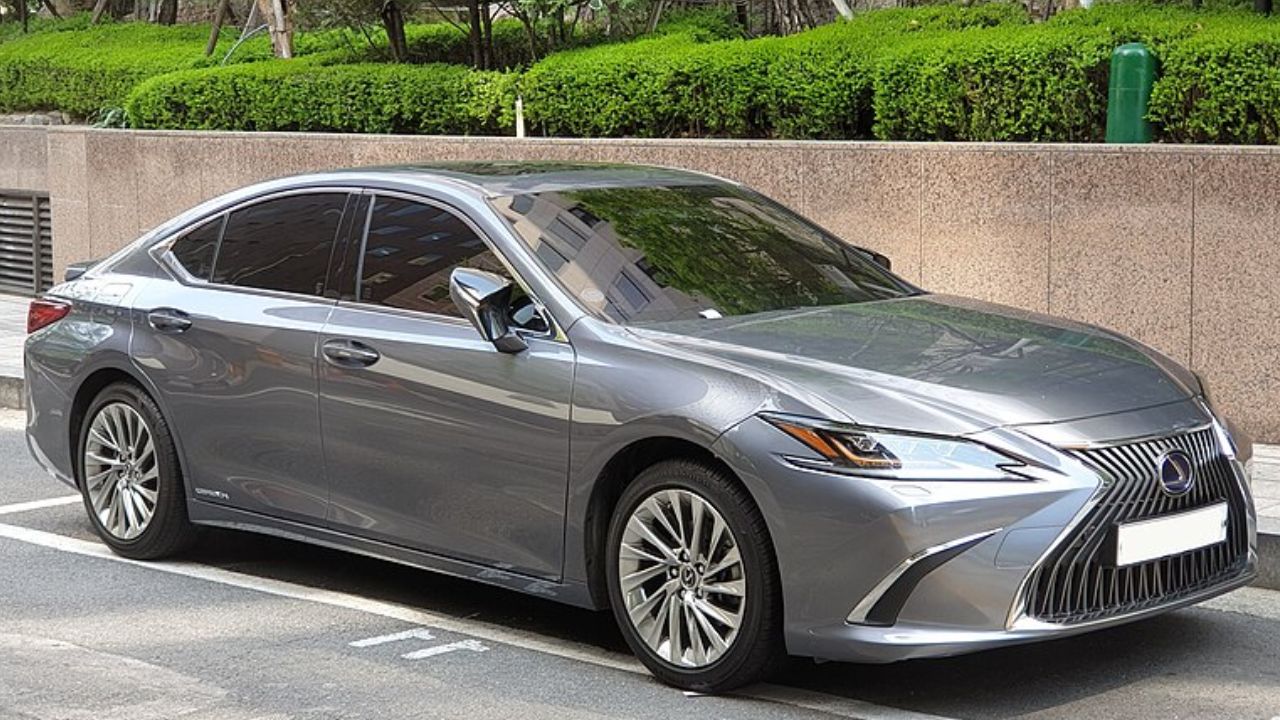
Leave a Reply